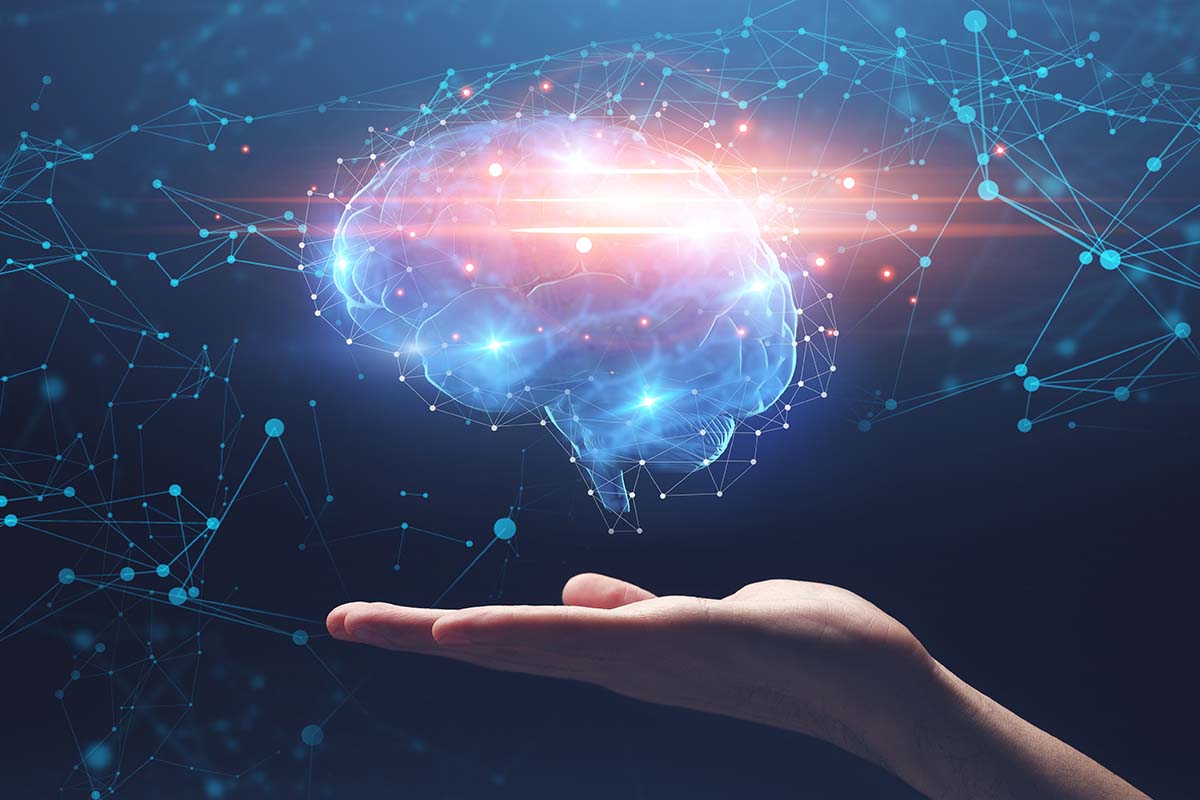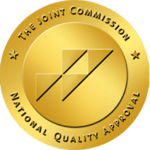Recent research on the development of the brain indicates that this organ is forever changing. Any time you learn something new or do an old task in a new way, neurons in the brain are firing and making new connections. These new connections and the ability of the brain to continue to change has everything to do with recovery. It has everything to do with learning to respond to life in new and healthy ways.
It’s clear that one of the factors that contribute to addiction is unhealthy learned behaviors. For instance, a person who recently experiences the loss of a loved one and then turns to drinking to cope learns something new: they learn that alcohol will suppress emotions and keep the pain of loss and grief at bay, at least for a short period of time. Over time, this person might continue to drink and continue to do what they’ve learned through drinking, which is to turn to substances in order to avoid stress or uncomfortable emotions.
Understanding how the brain changes over time have helped our team at Westwind Recovery® develop highly effective treatment programs. We use evidence-based therapies to help our clients change their patterns of behavior and develop the tools they need for lifelong recovery.
What Is Neuroplasticity?
Neuroplasticity is the way that the brain changes as a result of new thoughts and behaviors.
In the past, it was thought that the structure of the brain was unchangeable. The way you processed thoughts and decided on behaviors was not something that could be altered. However, over time, experts began to realize that the brain can change as a result of experience.
This is clear when you look at the effects of negative life experiences on the brain, such as trauma. An individual who has been through a traumatic experience, such as being in combat or being a victim of abuse, might be changed as a result of their experiences. However, we also know that those who have developed PTSD have the capacity to heal. These changes are the result of neuroplasticity.
Each time we learn something, a connection forms in the brain. In recent brain research, those connections in the brain are called neurons. And as a person continues to repeat that learned behavior, the connection in the brain strengthens. It becomes strong and stronger and also more difficult to change. However, thanks to the brain’s wondrous capacity for learning and rewiring itself – neuroplasticity – it’s not impossible to change those patterns regardless of how strong they are. The good news is that research points to the brain’s ability to rewire itself and form new and different connections.
The Connection Between Neuroplasticity and Addiction
How does neuroplasticity play a role in addiction recovery? The brain is wired to seek out pleasure and to return to things that produced good feelings in the past. For example, eating an amazing meal will flood the brain with dopamine. The brain remembers this feeling, and you might feel an urge to eat that meal again in the future.
This process is compounded when it comes to drugs and alcohol. Certain substances create a powerful rush of dopamine, and it becomes tempting to use them again to feel the same effects. Over time, the brain becomes numb to these rushes of dopamine, and you might need to use more to return to these good feelings. As tolerance builds up, so does dependence, and you find that you need to drink or use drugs at all times to avoid going through withdrawal.
The brain changes throughout this process. However, it’s possible to change it in healthy ways, too.
There are several steps involved in rewiring the brain to help you recover from addiction:
- Set goals for recovery
- Identify potential triggers for substance abuse
- Make purposeful decisions
- Take up new, healthy habits that feel rewarding
- Strengthen these new pathways in your brain
Utilizing a variety of neuroplasticity exercises, either on your own or with the help of a therapist, can help you make new habits stick.
Neuroplasticity Exercises
Each time a person learns to respond to life in a new way, they are literally rewiring the brain. They are changing the very structure of the brain. For instance, returning to the example above, when a person learns to choose healthy responses to grief versus drinking, they are changing the brain’s development. A person might learn to stop themselves when suddenly they feel sad. Instead of reaching for a drink, they might call a friend, schedule a therapy session, go for a walk, or exercise. Each time a person makes this new choice, they are strengthening a new connection in the brain. Creating new neural connections in the brain is precisely what neuroplasticity is all about.
Neuroplasticity also requires paying close attention to the present moment and keeping an eye on your behavior. Recovery requires becoming aware of your present circumstances to avoid unconsciously making similar choices to those you made in the past. What helps is staying keenly aware of what you are doing while you are doing it in order to facilitate finding a different response to stressful moments in life. Responding to stressful moments in positive and healthy ways may be challenging at the start, but they too can become habitual with practice. And this, in time, will be a new strengthened neural connection in the brain.
Using Neuroplasticity to Promote Long-Term Recovery
It’s important to keep in mind that rewiring the brain is a significant part of getting sober. However, it’s not everything. A person in recovery might also need to unravel deep-seated and destructive beliefs, perhaps heal from childhood trauma, let go of repressed emotions, and learn new coping mechanisms to experience long-lasting sobriety.
Ongoing therapy can be incredibly helpful in promoting long-term recovery. Even after completing a treatment program, you might benefit from staying connected to an alumni program, attending 12-step meetings, and continuing to participate in individual therapy. The support that these activities provide can help you during the early days of recovery and beyond.
Our Addiction Treatment Center in Los Angeles
We offer a wide variety of treatment programs and therapies in order to help our clients thrive in recovery. From inpatient detox to outpatient programs, we support our clients every step of the way. Our treatment center is located in Los Angeles, California, and we provide a safe, supportive environment where you can begin to heal.
Whether you’re looking for a luxury rehab experience, privacy during your time in treatment, or holistic approaches to treatment like yoga and meditation, we can help. In addition to offering evidence-based therapies like cognitive-behavioral therapy and dialectical behavior therapy, we offer:
- Family therapy program
- Medication-assisted treatment
- Mental health treatment programs
- TMS therapy program
- Trauma therapy program
- Virtual reality meditation therapy
- Adventure therapy program
- Art therapy program
- Music therapy program
- Life skills
- Chronic pain management programs
Contact us at 855.340.8832 or reach out online to learn more. We’re ready to help you build a new life in recovery.

Dr. Deena is the Chief Clinical Officer of Westwind Recovery®, an award-winning outpatient treatment center in Los Angeles where she oversees the clinical and administrative program and treatment methods. Dr. Deena is a doctor of psychology and licensed clinical social worker since 1993. LCSW #20628. Originally from the East Coast, Dr. Deena has worked running treatment centers, worked as a therapist in psychiatric hospitals as well as school settings and currently has a thriving private practice in the LA area. Dr. Deena has appeared regularly on the Dr. Phil Show as an expert since 2003. She has also been featured on many other TV shows, podcasts and has contributed to written publications as well as podcasts.



